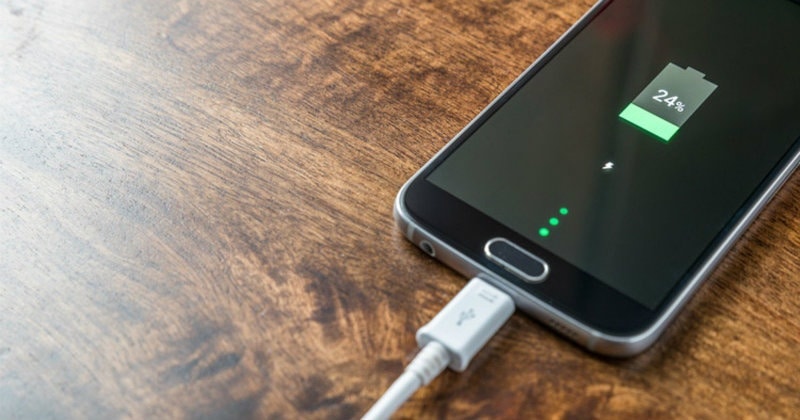
SANTIAGO – An engineer in Chile has created a device that generates energy by capturing the vibrations of bodies caused by the effect of winds, rains and earthquakes, or even a person moving.
Professor Luciano Chiang, the academic of Mechanical and Metallurgical Engineering of the Catholic University (UC), built a machine that turns the earth’s vibrations into energy that can be used to charge smartphones and small electronics.
It generates energy by capturing vibrations in the environment through a magnet on a swingarm. Those vibrations are used to make small amounts of energy. They can charge phones, electronic instruments and censors.

The device can generates between 5 to 20 watts. Thanks to its electrical autonomy, it is possible to use this type of technology in the middle of a mountain range or a buoy in the sea.
Another of the advantages of the device is its size, because the prototypes developed are the size of a wallet or shoe box.
“We decided to take advantage of the vibrations that arise from the movement of a body due to wind, rain, waves, even the passage of water in a river or a person walking, to obtain useful energy,” said Chiang.
The mechanical-civil engineer said the device could also generate power through an earthquake. However, he said that the telluric movements to be of shorter duration, are not so practical. “To achieve this conversion, we improve a system where a magnet is mounted on a swingarm, so that the vibration generates movement with respect to an electric coil,” said the researcher.
He added that by getting both elements to resonate or in a singular movement, it can generate enough energy to charge the battery of a mobile phone or to operate a small electronic system.
“This method could be a real, efficient and economical alternative to generate energy in places of difficult access, where there is no option to change batteries.”
“If well calculated, this will never need to change or renew or plug the battery somewhere (to charge it).”
The ultimate goal (of the device) is that one will never need a battery again.
Currently, Professor Luciano Chiang evaluates the portability and miniaturization of the system, as well as the business model of the product locally and internationally.
Energy innovation was recently recognized by the National Institute of Industrial Property among the 37 patent applications filed by UC in 2016.
Video courtesy: Tech Insider



